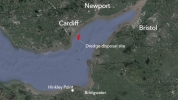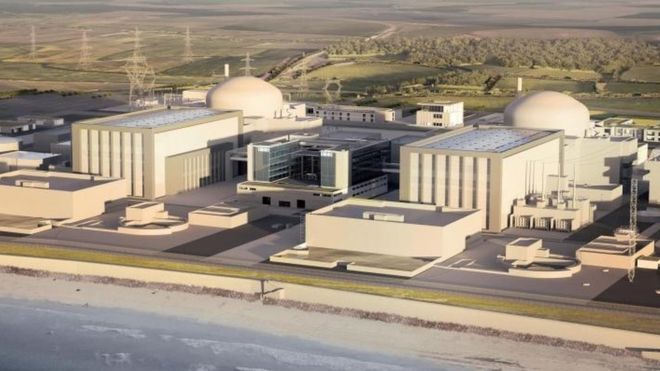Campaigners go to High Court as 'Radioactive mud' dumping begins off South Wales coast
Despite clear objections from the Welsh public, 100,000 signing petitions against it, demonstrations and the matter being the subject of a forced debate in the Welsh Assembly. It has now been revealed that energy company EDF has confirmed it has started to dump mud from the Hinkley Point nuclear power station in the Severn Estuary off Cardiff.
Campaigners have now lodged papers with the High Court seeking an injunction to stop the dumping. The papers name NNB Generation Company (HPC) Ltd as the respondent in the action. The firm is a wholly-owned subsidiary of the French energy company EDF, which obtained a licence to carry out the dumping. EDF and Natural Resources Wales (NRW), which granted the licence, claim the dumping is safe. However, campaigners argue that the licence should not have been granted because NRW failed to carry out adequate tests.
Campaigners state that they have had to resort to the High Court because the Welsh Government and NRW had failed to respond properly to public concerns. Amongst those raising safety concerns was Dr Richard Bramhall of the Low Level Radiation Campaign, who is a former member of the UK Government's Committee Examining Radiation Risks of Internal Emitters (CERRIE). In a letter to Natural Resources Wales (NRW) he raised concerns that the tests did not assess whether uranium, plutonium and other alpha-emitting elements were present in minute “particulate” form. He said: “As larger fragments break up, any given amount of particulate matter will become more mobile, be more easily inhaled into the deep lung and the lymphatic system, and will emit more radiation.”
The 300,000 tonnes of mud being dumped off the South Wales coast is being dredged from near the Hinkley Point nuclear power stations in England. Hinkley Point A stopped producing electricity in 2000 after 35 years of operations and Hinkley Point B has been generating electricity since 1976. Now EDF plan to extract the mud and sediment with the aim of drilling six vertical shafts for the cooling water system for the new Hinkley Point C power station. Campaigners point to the danger of the mud being contaminated by discharges from the old Hinkley Point A and B.







